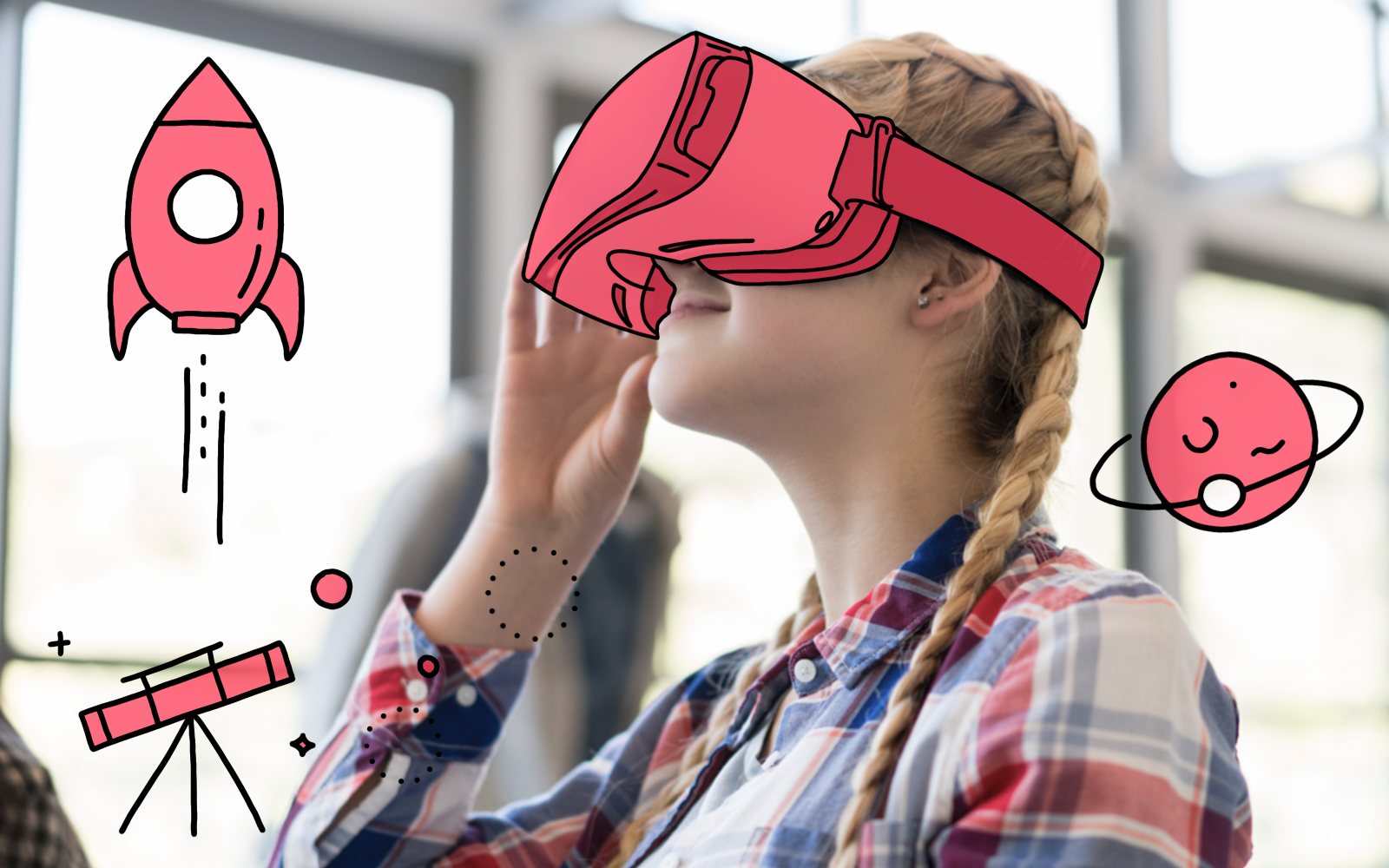School might be in session, but alongside pencils and books on students’ desks are iPads and Chromebooks. In the age of the Fourth Industrial Revolution (4IR) young scholars are learning the language of code alongside English.
Now, more than ever, it’s critical for students to have access to technology, as well as teachers who are well-versed in the application of tech innovation and who understand the career landscape that students will face once they leave the classroom. With these developments in mind, we’ve partnered with Verizon Innovative Learning to zoom in on the role that education plays in the 4IR era and how our students — tomorrow’s leaders — can best be served by schools.
The Fourth Industrial Revolution is characterized by the convergence of the physical world and the virtual world, creating a more globally connected economy and non-stop worldwide innovation. In the past, your coworkers and classmates were at the desks surrounding you; now real-time collaboration is possible around the world.

Dr. Nadia Lopez, principal of Mott Hall Bridges Academy, a Global Teacher Prize finalist and co-author of “Teaching in the Fourth Industrial Revolution: Standing at the Precipice,” knows better than most how crucial an up-to-date educational toolbox is in 4IR. She leads a public school in an under-resourced community and uses a positive environment, donated and sourced supplies and creative curriculum to make sure that her students have the tools and confidence to succeed after graduation.
“The skills that adults need to navigate within 4IR can be taught throughout a child’s academic career in elementary, middle and high school,” she says. “Those things–like developing critical thinking skills, learning to collaborate, sharing ideas, being willing to problem solve, all of those things–through classroom activities and curriculums that reflect the type of environment where children will eventually as adults work, it helps to prepare them in that way.”
The reality, however, is that certain areas lack adequate resources and some kids aren’t given a fighting chance. The digital divide is a real and daunting thing: according to new Pew Research Center data, nearly six in 10 rural residents say that high-speed internet access is a problem in their areas, and more than four in 10 urban residents say the same. Troublingly, the data also show that non-white racial groups and less affluent groups are more likely to identify lack of access as a problem as well. Without technology at home, which non-white and non-affluent students are less likely to have, students fall behind in lessons and tech skills, lessening their shot at proficiency that will later be essential to most careers.
It’s incredibly important, Lopez says, for tech companies to invest in communities to cultivate and educate the leaders of the future.
“I think that there’s a social obligation and responsibility that the tech industry has to reach our youngest generation.”

Some private corporations in the tech industry are answering the call and making educational development a priority. Through its Verizon Innovative Learning initiative, for instance, Verizon has provided over a million kids in under-resourced communities access to next-gen technology, resources and training. The program provides free technology, free internet access and hands-on learning experiences to help students develop in-demand skills. The initiative also provides immersive teacher training to fully equip teachers to integrate the latest technology in the classroom, along with curriculum support to better prepare students for the critical skills they need for the digital economy. The results are paying off: 53 percent are more engaged in school, and reading and math test scores have improved.
In schools that aren’t equipped with these resources, however, Lopez says that kids are being left behind.
“Essentially the 4IR, because everything is digitized and we’re moving at such a rapid rate, our school system is still delayed, we’re still in an antiquated system,” she says. “So our schools aren’t reflective of the innovation that’s happening in any given workplace. We always talk about the careers of tomorrow, we have no idea what those will be, however, there are certain skills that if every child was taught they’d be able to navigate that world. We don’t prepare our young people for change.”
Apart from providing technology and internet access, she says, the best skills teachers can share with young people are critical thinking and the willingness to innovate, as well as the ability to collaborate and problem-solve.
“Sometimes it’s like, ‘oh, these kids are too young,’–they’re really not. Their minds allow them to absorb so much information,” Lopez says. “Kids are coding at nine, 10 years old, younger than that. They’re able to be creative and innovative in this young age. We can capitalize on this ability to learn. [Companies need to be] partnering with schools so children have career awareness and teachers can partner to develop lesson plans and curriculums to be helpful. We don’t have to wait until college or until the workplace, that’s too late.”
From Verizon:
Verizon Innovative Learning provides free technology, internet access and a technology-infused curriculum, preparing students for success in the digital economy. Since 2012, Verizon has committed a total of $400 million and helped more than a million students get free tech education, with a goal of reaching 2 million more by 2021. Verizon is leading the evolution of 5G technology, and is today launching a nationwide challenge to find the best 5G-enabled technologies to transform middle school education. Learn more about the challenge and how to enter at 5Gedtechchallenge.com.